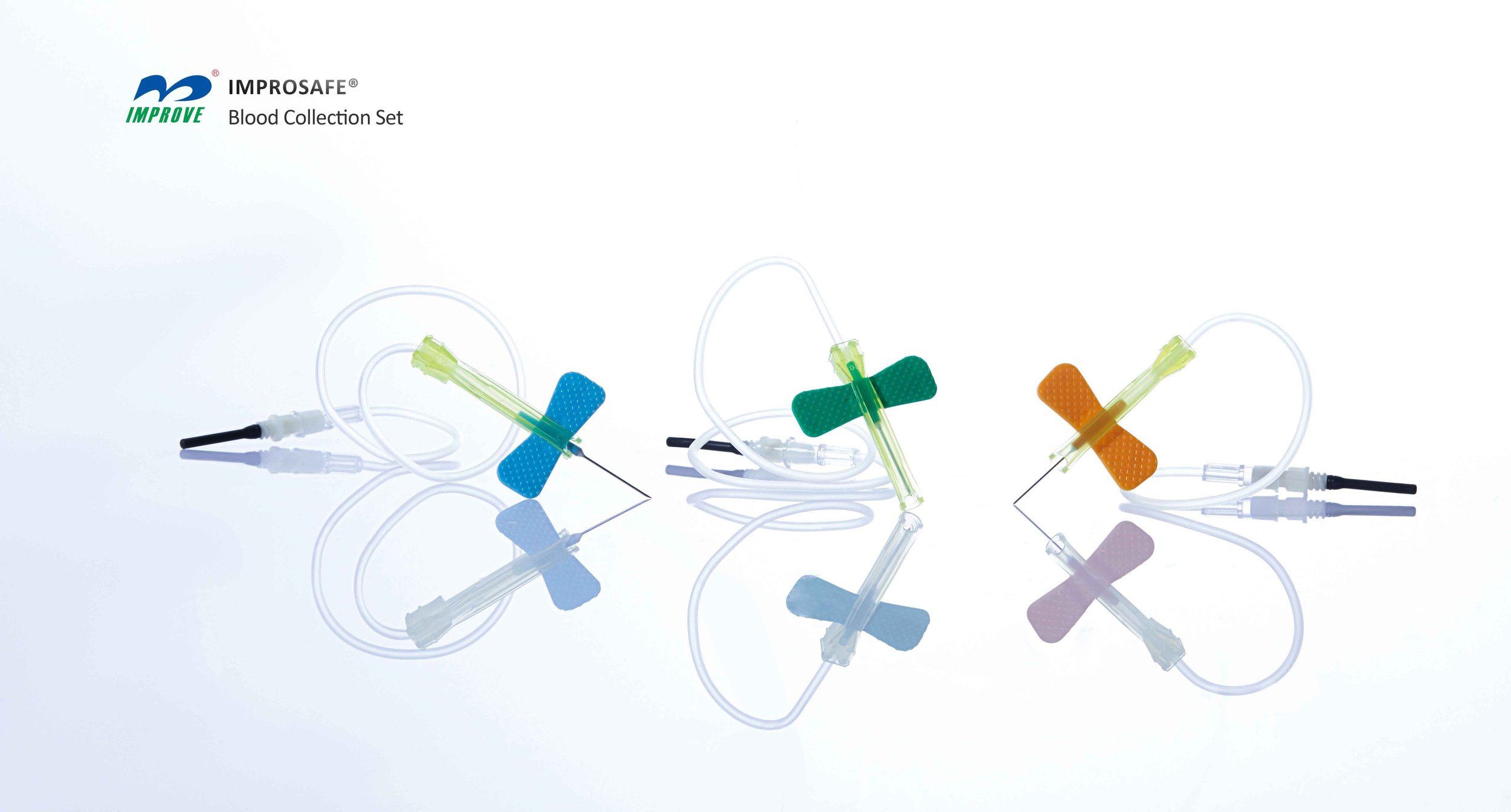Transporting Medical Devices: Regulations and Best Practices
Summary
- Medical devices must be transported following specific Regulations and requirements to ensure their safety and effectiveness.
- Phlebotomists need to adhere to guidelines set by federal agencies such as the FDA and DOT when shipping medical devices.
- Proper packaging, labeling, and documentation are crucial when transporting medical devices through shipping companies.
Introduction
As a phlebotomist, one of your responsibilities may involve transporting medical devices through shipping companies. It is essential to understand the Regulations and requirements surrounding the transportation of medical devices to ensure their safety and effectiveness. In this article, we will explore the guidelines set by federal agencies in the United States for shipping medical devices as a phlebotomist.
Regulations for Transporting Medical Devices
FDA Regulations
The Food and Drug Administration (FDA) is responsible for regulating medical devices in the United States to ensure their safety and effectiveness. When transporting medical devices, it is essential to adhere to the FDA Regulations to prevent any issues that may compromise the quality of the devices.
DOT Regulations
The Department of Transportation (DOT) also has Regulations in place for the transportation of hazardous materials, including certain medical devices. Phlebotomists need to be aware of these Regulations to ensure compliance and avoid any penalties or fines.
Requirements for Transporting Medical Devices
Proper Packaging
One of the essential requirements for transporting medical devices is proper packaging. Medical devices should be securely packaged to prevent any damage during transit. It is crucial to use the appropriate packaging materials and methods to ensure the safety of the devices.
Labeling
Another requirement for transporting medical devices is proper labeling. Each package containing a medical device should be clearly labeled with information such as the contents, handling instructions, and any required warnings. This helps ensure that the devices are handled and transported correctly.
Documentation
Phlebotomists must also ensure that all necessary documentation is completed when transporting medical devices. This includes maintaining accurate records of the shipment, including information such as the contents, sender, recipient, and tracking information. Proper documentation is essential for tracking the devices and ensuring accountability throughout the transportation process.
Best Practices for Transporting Medical Devices
Follow Manufacturer's Instructions
It is essential to follow the manufacturer's instructions for transporting specific medical devices. This may include using specific packaging materials, following certain handling procedures, and ensuring proper temperature control during transit. By following the manufacturer's guidelines, you can help ensure the integrity of the devices.
Use Secure Shipping Companies
When transporting medical devices, it is important to use reputable and secure shipping companies. Look for companies that have experience handling medical devices and are familiar with the Regulations and requirements for their transportation. This can help minimize the risk of damage or loss during shipping.
Stay Informed on Regulations
As a phlebotomist, it is crucial to stay informed on the latest Regulations and requirements for transporting medical devices. Changes in Regulations can impact how devices are transported, so staying up-to-date on any updates is essential. This may involve attending training sessions or consulting with regulatory agencies for guidance.
Conclusion
Transporting medical devices as a phlebotomist requires adherence to specific Regulations and requirements to ensure the safety and effectiveness of the devices. By following the guidelines set by federal agencies such as the FDA and DOT, as well as implementing best practices for transportation, phlebotomists can help ensure that medical devices reach their destination safely and securely.

Disclaimer: The content provided on this blog is for informational purposes only, reflecting the personal opinions and insights of the author(s) on the topics. The information provided should not be used for diagnosing or treating a health problem or disease, and those seeking personal medical advice should consult with a licensed physician. Always seek the advice of your doctor or other qualified health provider regarding a medical condition. Never disregard professional medical advice or delay in seeking it because of something you have read on this website. If you think you may have a medical emergency, call 911 or go to the nearest emergency room immediately. No physician-patient relationship is created by this web site or its use. No contributors to this web site make any representations, express or implied, with respect to the information provided herein or to its use. While we strive to share accurate and up-to-date information, we cannot guarantee the completeness, reliability, or accuracy of the content. The blog may also include links to external websites and resources for the convenience of our readers. Please note that linking to other sites does not imply endorsement of their content, practices, or services by us. Readers should use their discretion and judgment while exploring any external links and resources mentioned on this blog.
